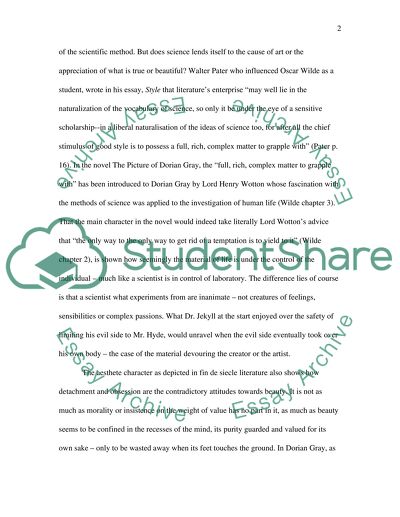Cite this document
(The Rise of Science and the Aesthetic Reaction Assignment, n.d.)
The Rise of Science and the Aesthetic Reaction Assignment. Retrieved from https://studentshare.org/sociology/1533514-the-rise-of-science-and-the-aesthetic-reaction-to-it
The Rise of Science and the Aesthetic Reaction Assignment. Retrieved from https://studentshare.org/sociology/1533514-the-rise-of-science-and-the-aesthetic-reaction-to-it
(The Rise of Science and the Aesthetic Reaction Assignment)
The Rise of Science and the Aesthetic Reaction Assignment. https://studentshare.org/sociology/1533514-the-rise-of-science-and-the-aesthetic-reaction-to-it.
The Rise of Science and the Aesthetic Reaction Assignment. https://studentshare.org/sociology/1533514-the-rise-of-science-and-the-aesthetic-reaction-to-it.
“The Rise of Science and the Aesthetic Reaction Assignment”. https://studentshare.org/sociology/1533514-the-rise-of-science-and-the-aesthetic-reaction-to-it.


